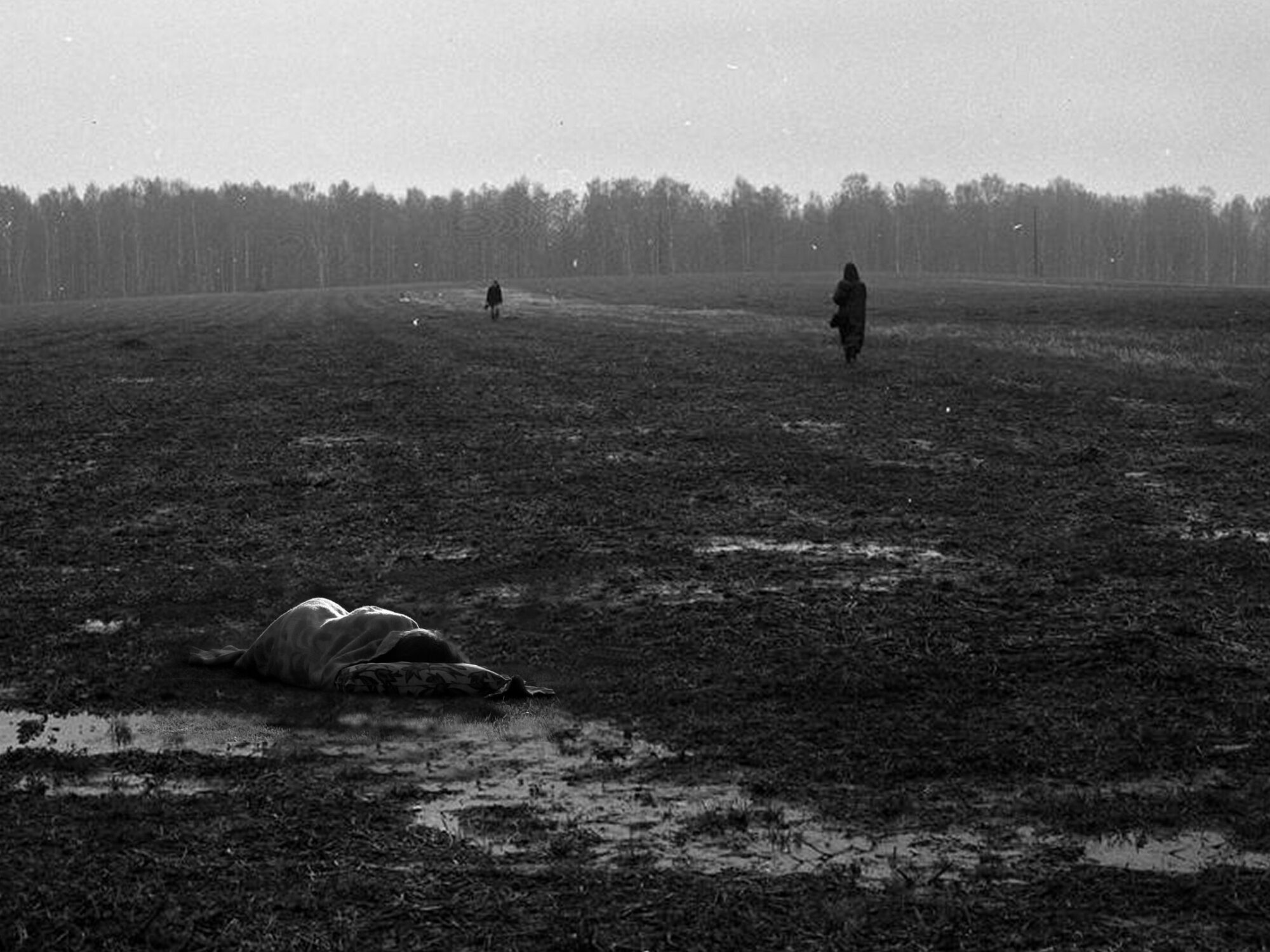On reflexivity as art activism
What is the meaning and potential of socially engaged art, or art as social activism, today?
In a complex unjust and unsustainable world, where fundamentalism in politics, the market, science and religion is build on a refusal to recognise the limits to their own rationales and the relativity of their own truths, it is for critical art not simply a matter of choosing side with the activists. Art cannot directly debunk suspicious scientific or religious truths, or counter unjust political and economic rationales. But that inability does not need to be understood as a crisis or the end of socially engaged art, on the contrary. It is precisely the critical potential of contemporary art to show the limits of rationales and the relativity of truths of politics, science and the market – either in a poetic or in a polemic way, either in the private or in the public sphere – that makes socially engaged art today more relevant than ever before.
The reason is that this critical potential of art can rely on its experience with critical self-reflection. Compared to politics, the market and science, since modernity, art has been the only mode of ‘creation of meaning’ that has undertaken an inquiry of the own credibility, and this by integrating this inquiry into the own art practice. Neither enlightened-modern politics or science nor the market has organised a comparable self-critical reflection process up till today.
At the same time, art has no responsibility with regard to the claims it makes: the contemporary artist is not elected, does not promise to satisfy our needs and has nothing to prove. Artists can pretend to tell the truth, they are allowed to mislead the public and they can set any price on works without the need to rationally justify it. But that does not set them free from social responsibility when making activist art.
Artists making socially engaged art have a very specific social responsibility. The fate of activism through art is that, in order for it to generate controllable social or political effect, it would need to become social work or politics itself. On the other hand, the artistic act of critical withdrawal will eventually appeal to an art audience, but it will not bother those cynically detached subjects of critique. The ‘impossible position’ of artistic activism is not that of a dilemma between withdrawal or contribution; it is that of a dwelling in a twilight zone between those two positions. With a constant awareness of the conditions and implications of agency, it is a state of hyper-reflexivity that, at the same time, also works as a ‘critical mirror’ towards the cynically detached. As a deliberate state of engagement and an active state of resignation, that position at the periphery of the artist’s comfort zone is also ultimately melancholic.
The artist knows no comfort zones. Art is engaging in the consolatory practice of leaving the own comfort zone. Activist art can show politics, the market, science, religion, citizens and activists why and how they would need to leave their own comfort zones. That practice is critical-ethical, but, at the same time, consolatory aesthetical.
This lecture grew out of my engagement as guest adviser at the Rijksakademie Amsterdam. Since then, I brought it to several art schools and workshops and conferences at art institutes and universities. I have also ‘materialised’ it into an own art installation that was on view at M HKA, the museum of contemporary art in Antwerp, Belgium. See the background material and a photo gallery here.
